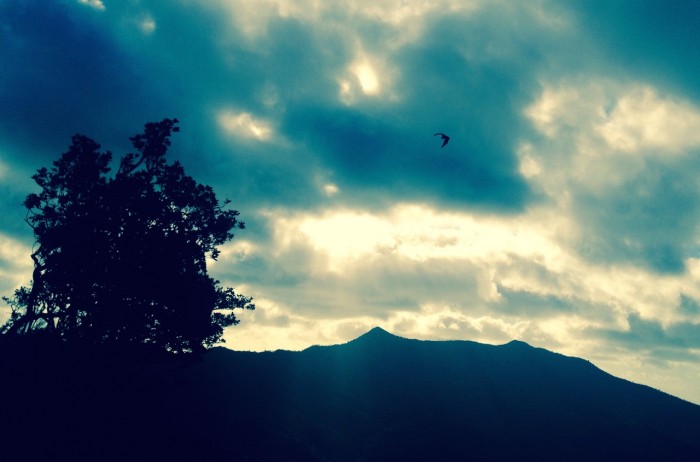This post is presented in this week’s series recognizing Earth Day, Saturday, April 22.
Keely Maxwell is an environmental anthropologist. She develops and applies interdisciplinary research to environmental problem solving. Keely has conducted research in the Machu Picchu Historic Sanctuary, Peru, and now works on community resilience. She is a former American Association for the Advancement of Science (AAAS) fellow, as well as a mom of two, and she works at the US Environmental Protection Agency (EPA).
Disclaimer: Keely is talking purely in a personal capacity and not as a federal employee. She is expressing her personal opinion, not official EPA policy.
Read More “Interview with Keely Maxwell, General Anthropologist for the EPA”






